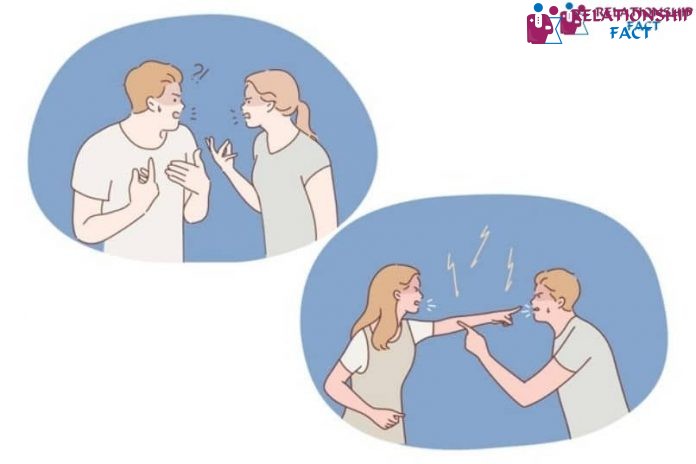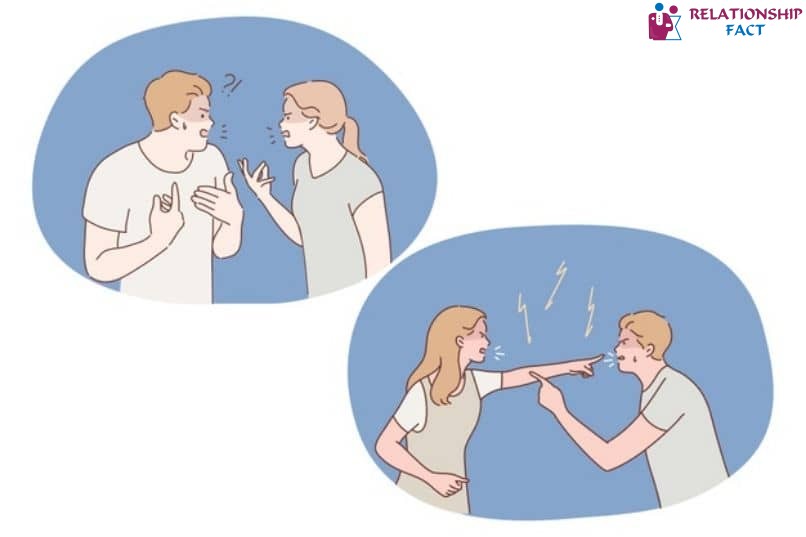
Although we do not think so, jealousy can greatly affect a partner. Especially when the jealousy becomes extremely exaggerated, and there is no way the situation can improve. But is there a clinical reason behind this unhealthy jealousy? If you want to find a way out for this, you’ve come to the right place.
How to know when jealousy is unhealthy or pathological and how to cure it?
There is a big difference between ordinary and normal jealousy, and unhealthy and pathological jealousy. And unfortunately, reaching the point of becoming pathological jealousy is a condition that has no cure. Therefore, it is important that these types of situations are avoided and controlled before they become obsessive.
The pathological jealousy, is mainly characterized by jealousy exaggerated without reasons. Accompanied by unreasonable, psychotic and obsessive attitudes. You must be very careful with these types of people, since they are not in their right mind, they can perform dangerous acts in order to prevent their partner from “being unfaithful”.
If you notice that your partner has developed or maintains attitudes that border on madness, you should consult a specialist to help them. Especially if you notice that, he constantly checks your phone, he does not leave you alone at any time, you have found him looking through your things, he does not allow you to have friends, a pathological jealousy test can guide you.
Attacking these types of situations will be crucial so that the relationship can run smoothly. Otherwise, you will live prey within your own home. And of course you don’t want that.
What is celotype?
Celotype is a psychological disorder, which commonly develops in men over the age of 30. Where jealousy is no longer common, such as the simple fear of losing you or because there was some reason. Rather, they are behaviors that border on madness, and they can even follow you to different places where you go to see if you are going to be unfaithful.
At this point, there is no cure for celotype. But there is a treatment, where it will be determined if your partner has this jealousy disorder, and medications will be prescribed to calm him down. The morbid fear that people who suffer from this disorder feel directly affects their social and work life.
Since the day to day, it is only about controlling and monitoring your partner in case there may be an infidelity. In the most serious cases that have not been treated clinically, very violent and aggressive behaviors can develop verbally and physically. So, without a doubt, it is a delusion that should be treated as soon as possible.
To evaluate the reason for this celotype, specialists perform tests on patients. To determine in most cases, that they are people who suffer from paranoid personality disorders, presenting a profile of neurotic distrust. And therefore, when committing the violent acts associated with jealousy, they think they are doing the right thing.
What types of jealousy are there? There are many?
The truth is that there are many types of jealousy. And to deal with them properly, it is important that each of the types of jealousy that exist are known:
- Discreet jealousy: In these cases, jealousy is not shown until the person reaches their limit of patience. It happens very commonly, and it manifests itself due to small things and insignificant things.
- Common or normal jealousy: It is the jealousy that manifests itself when we are afraid of losing that special person. They are not sickly, nor are they with the intention of harassing the partner. On the contrary, because of the fear of losing them, it is about improving the relationship.
- Retrospective jealousy: Another known jealousy disorder is retrospective or retroactive jealousy, where the couple feels jealous for situations or couples that existed in the past.
- Jealous unfaithful: A peculiar case, where the exaggerated jealousy of the couple is developed by being unfaithful. And the constant belief that your partner will pay you in kind.
- Celotípia: The most exaggerated kind of jealousy, described above where it becomes a pathological disorder that can be dangerous in the most exaggerated cases.





